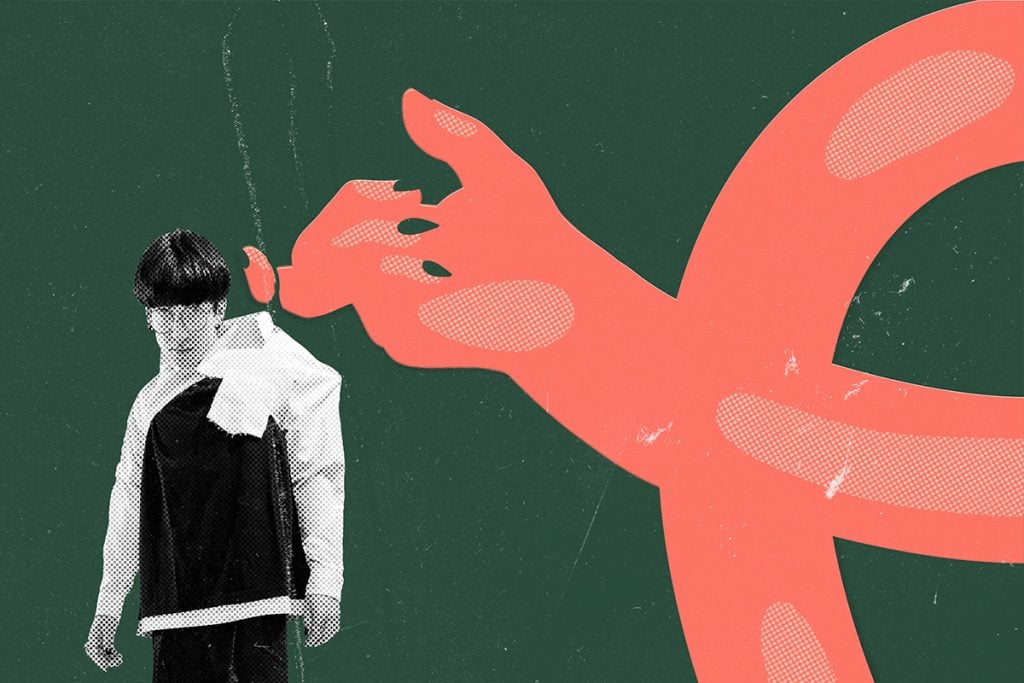
Ever wondered about what makes something art and something else design? Basically, art is primarily concerned with aesthetics, and design is about function first. If you’re a designer, an amazing-looking chair that you can’t actually sit in is a terrible design. But it might just nab an artist a MacArthur Fellowship.
We’re All Artists…But We’re Not All Designers
Where things get a bit fuzzy is that great design is usually aesthetically pleasing as well. And in the business world, this is where the problems start. See, most of us have a sense of what looks good. We can look at something and know we like the colors, forms, and type. So much so that it’s tempting to offer our input when it comes to the web, brand, or product design. But knowing whether something functions the way it needs to in order to achieve a goal requires much deeper knowledge.
That knowledge is something your designer has spent their whole career building. In their mind, form follows function. They have an intimate understanding of how people interact with objects, as well as how people respond to something novel and unfamiliar. They speak the language of accessibility, familiarity, and expectation. To them, something looks good because it’s well designed – it’s not well designed just because it looks good. Great design is simple, purposeful, logical, and intuitive. Great design isn’t something you have to figure out. It just works.
Design is All About Solving Problems
When designers receive a brief, their goal is more than building something pretty. It’s to solve a specific problem, or sometimes a specific set of problems. They’re tasked with taking the desired outcome and figuring out a solution that helps people easily meet that outcome. Just like a building is the culmination of thousands of architectural and engineering choices, so too is a business card, an app, or a fold-up bicycle. Even the smallest item is the product of dozens of design decisions, all of which stem from deep, rational thought.
Your designer might choose a particular paper stock because it suggests environmental sustainability, something that your brand is all about. Or they might opt for spot gloss and foil because those help your product stand out on a crowded shelf. A hamburger menu vs a traditional horizontal bar provides more room on the page and encourages scrolling. A wooden chair without arms encourages coffee shop patrons to keep their visit short, while a squishy armchair next to an outlet invites them to stay and surf the web. Each of these outcomes is the product of a series of choices stemming from a goal defined by the client. “Looks good” is just the cherry on the top.
The Time to Get in Your Designer’s Way is at the Briefing Stage
When we mere mortals come in with suggestions for aesthetic tweaks or wholesale substitutions, we’re not just changing the look of something – we’re changing its function. Moving a button, demanding a cheaper type of paper, or putting a pad on those wooden chairs all have design repercussions in that they start to solve a different problem, not the one in the brief. Then the end-user gets what we want, not what they need.
There is, of course, a time and a place to make these requests. And that’s during the briefing stage. If budget is a concern, state it upfront, so that your designer can consider alternative solutions in a holistic way. If you have a problem with the color purple or want to avoid a competitor’s web layout, note that too. The more clearly defined the brief your designer has to work with, the better. Instead of compromising at the end of the design process, they’ll be able to incorporate your suggestions in a way that’s powerful, functional, and aesthetically pleasing. As all great design should be.
Do you need a designer’s eye to solve a brand or business problem? StellaPop has elevated functional design to a fine art. Drop us a line!
See Also:
Logo Design Theory: 5 Quick Tips for Better Understanding Your Iconic New Logo

